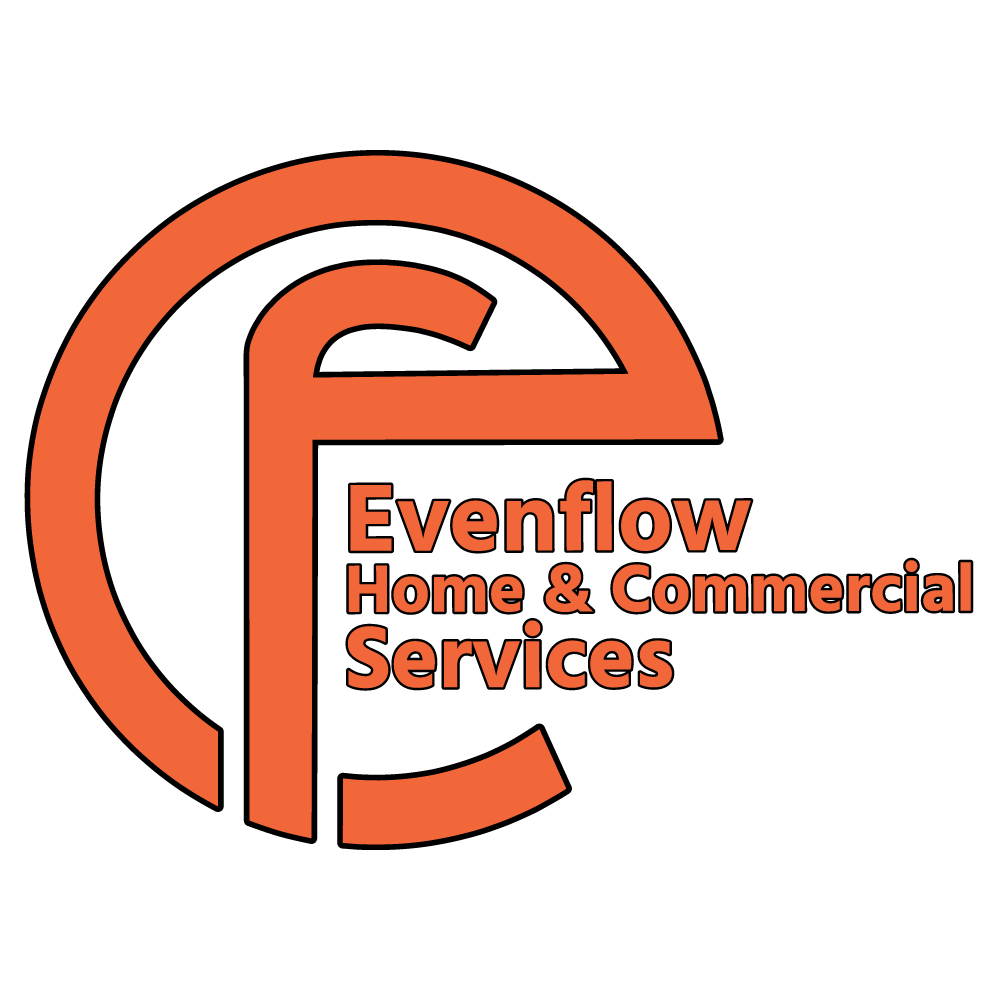Guide for Managing Basic HVAC Problems
Most homeowners in the country rely on their HVAC systems for maintaining a comfortable home environment during hot summers and cold winters. Just like any other mechanical unit, it requires routine upkeep for reliable and efficient performance. But even after trying to keep the unit functioning at its optimum level, malfunctions can occur that may make it difficult to maintain steady temperatures. There are some simple troubleshooting steps to try before panicking and calling in the local HVAC contractor to diagnose and resolve the issue. Not every problem requires expert assistance, and the homeowner can quickly fix some through the DIY approach.
Here are tips for managing some of the common HVAC problems that homeowners encounter:
Dirty or clogged filters
Dirty filters are the reason behind some of the common HVAC problems. A clogged filter strains the unit, compromises with the airflow, leads to frozen evaporator coils, causes inadequate cooling, contributes to higher energy bills, and even leads to equipment failure. Check the filter, and clean or replace it if it is dirty or clogged.
Thermostat settings
When the thermostat is not set right, either the system won’t turn on, or will blow cold or hot air. Often, homeowners call in the professionals only to realize they had not changed the thermostat settings with the shift in season. Ensure that it is on heating or cooling mode depending on the time of the year. Also, a thermostat with dead batteries won’t function properly, so replace the batteries if you don’t remember doing it in a long time.
Ducts and vents
Low or uneven cooling, compressor damage, issues with the blower motor, frequent leaks, and ice on the refrigerant lines are some of the problems caused due to closed or blocked air ducts and vents. Ensure that all the vents in the home are open, even in the unused rooms, and clean off dirt and dust: clean vents and duct aids in smooth airflow. Inspect the house to check that nothing, including furniture or drapes, blocks their way to stop air from circulating freely.
Circuit breaker
If the unit is not turning on, a tripped circuit breaker can be the culprit. Check for the circuit breaker in the electrical panel, and if it is tripped, turn it back to its original position, and run the unit again. If it trips frequently, call an electrician to look into the issue.
Outdoor unit
Clean the outdoor unit using a hose if you see dirt, dust, and debris on and around it. Also, ensure that there are no objects within 2 to 3 feet from the condenser. A dirty condenser coil will affect the heat transfer and contribute to utility bills and the system’s wear and tear.
When to call the HVAC pros?
If troubleshooting doesn’t work in combating the problems, call an HVAC professional for help. You might also need an immediate expert intervention when:
The unit is making unusual sounds
There are wiring or other electrical issues
Any component needs replacement
The refrigerant levels are low
The system won’t start after troubleshooting
There are signs of leaks
Managing fundamental HVAC problems on time ensures higher system efficiency and longer lifespan.
Evenflow Home Services specializes in heat pump repair, heat pump replacement, HVAC replacement, HVAC blower motor, condenser coil, evaporator coil, and emergency heat pump repair. Call us at (210) 941-3503

